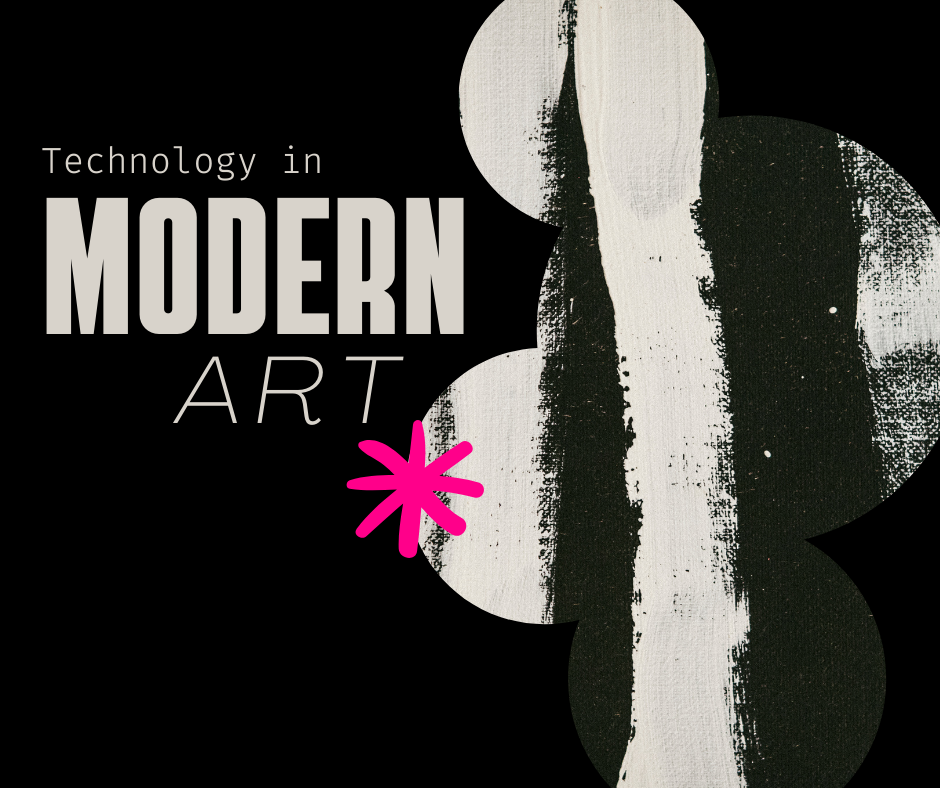In the ever-evolving landscape of modern art, technology has emerged as a transformative force, reshaping the way artists conceive, create, and present their works. The synergy between art and technology has given rise to new mediums, techniques, and artistic expressions that challenge traditional boundaries and captivate audiences worldwide. In this exploration, we delve into the profound influence of technology on modern art and how it has redefined the creative process.
1. Digital Art: The Evolution of the Canvas
Digital technology has expanded the canvas of possibilities for artists. Through digital mediums such as graphic design software, digital painting tools, and 3D modeling software, artists can manipulate, layer, and experiment with visuals in ways previously unimaginable. Digital art challenges the constraints of traditional materials and has given birth to a vibrant, innovative genre.
2. Interactive Art: Engaging the Viewer
Technology has enabled artists to bridge the gap between art and audience. Interactive art installations and virtual reality experiences invite viewers to actively participate in the creative process. This engagement blurs the line between creator and spectator, creating immersive and memorable encounters.
3. Data as Art: Visualizing Complexity
In the age of big data, artists are harnessing information and transforming it into art. Data visualization, using algorithms and software, allows artists to translate complex datasets into visually striking representations. This new art form not only conveys information but also evokes emotions and sparks meaningful conversations.
4. Augmented Reality (AR) and Mixed Media: Expanding Realities
AR has opened a new dimension in art. Artists can layer digital elements onto the physical world, providing viewers with an augmented experience. Mixed media artworks merge traditional materials with digital components, creating hybrid creations that blend the old and the new.
5. Generative Art: Art Created by Algorithms
Generative art leverages algorithms and artificial intelligence to generate art autonomously. Artists program rules and parameters, allowing for the creation of intricate and evolving pieces that are both unpredictable and mesmerizing.
6. Internet Art: A Canvas Without Borders
The internet has become a global gallery, enabling artists to share their work instantly with a worldwide audience. Social media platforms and online art communities have democratized art distribution, providing exposure to emerging talents and facilitating artistic collaborations on a global scale.
7. Preservation and Restoration: Technology in Art Conservation
Technology plays a vital role in preserving and restoring artworks. Advanced imaging techniques, like digital X-rays and infrared scans, allow conservators to uncover hidden layers and details in centuries-old masterpieces. Additionally, 3D printing technology can replicate missing or damaged parts, restoring artworks to their former glory.
8. Art Marketing and Sales: Navigating the Digital Marketplace
The art market has migrated online, with digital platforms and blockchain technology providing secure ways to buy, sell, and authenticate artworks. This digital transformation has democratized the art market, allowing artists to connect directly with collectors and eliminating intermediaries.
Conclusion: The Age of Art-Tech Fusion
The influence of technology on modern art is a testament to human creativity’s boundless potential. As artists continue to explore new frontiers, the art-tech fusion promises to push the boundaries of what is possible, challenging our perceptions and enriching our cultural landscape. Technology has not replaced traditional art but has, instead, expanded its horizons, inviting us to witness the captivating convergence of tradition and innovation in the ever-evolving world of modern art.
